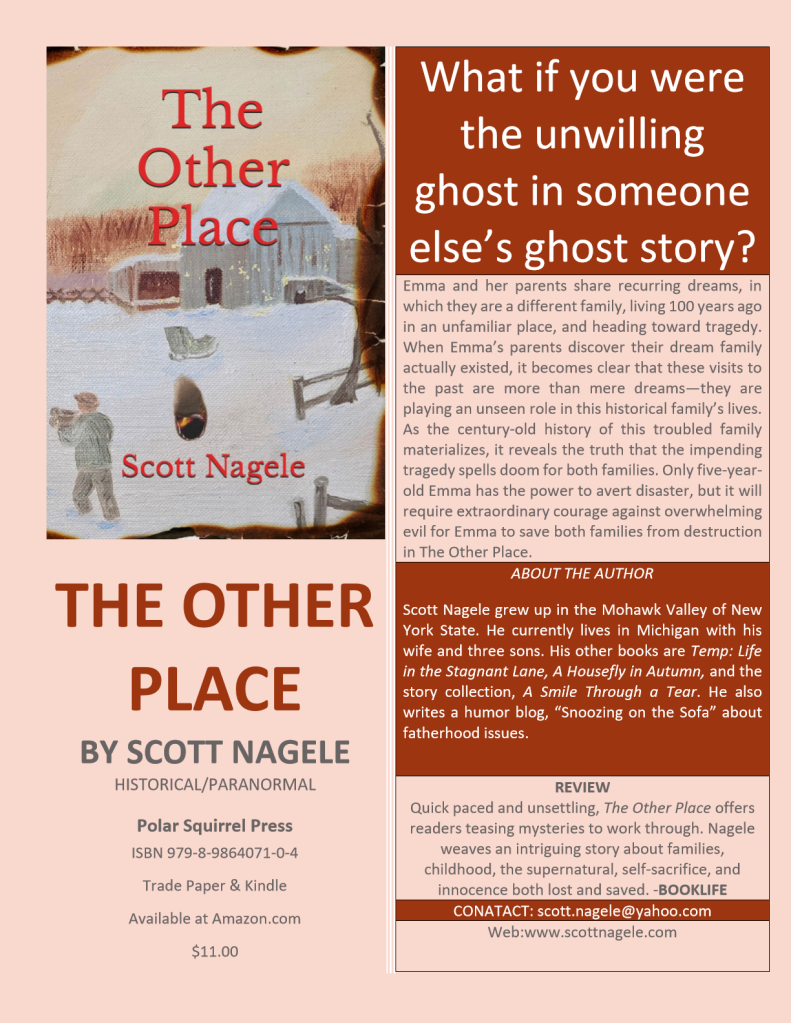Indie authors learn to take their victories where they can. Every improvement, in terms of drawing attention to your work, is a victory. It doesn’t matter that it might be a blip in the road to an author supported by a major publishing house. Everything is relative. They key is to be going in the right direction.
As a small fish in a big pond, it often becomes more important to count eyeballs than to count money. Maybe someday you’ll be able to count money in a meaningful way, but first you need the eyeballs.
Counting a worthwhile number of eyeballs means discounting books, often to the point of giving them away. An author who has sunk a certain amount of money into producing a book would like to be able to recoup some of that investment, but that may have to wait.
I’ve given away books before (or maybe I should say, attempted to give away books). I have finally come to accept that it takes a monetary investment to effectively give away books. It’s not enough to make your ebook free on Amazon for a few days. There are thousands of ebooks available for free download on Amazon every day. It’s easy to get lost in that mass, and consequently, not be able to give it away.
It was difficult to reconcile myself to the idea of spending money to give something away for free. I finally bit the bullet and chalked it up to another part of the investment necessary to producing a book.
I spent $179 for concurrent 1-day campaigns on Freebooksy and The Fussy Librarian. This included having my most recent book featured on each website and included in an email to each site’s subscribers. I used KDP Select to make my ebook free for the 3 days surrounding these campaigns.
I really didn’t know what to expect. I thought 300-500 downloads would be great.
The first day my ebook was free (pre-campaign), downloads totaled 5 copies.
The second day (campaign day), downloads totaled slightly more than 3,000 copies.
The third day (post campaign), 400 more copies were added to that total.

My high-water mark was actually #30 in the Free Kindle Store. This was a better result than I expected.
Okay, I spent $179 giving away 3,400 books; what does that do for me?
Time will tell, but if 1% leave reviews, that’s 34 reviews. My hope is that those reviews will provide some of the objective persuasion necessary to convince readers to select the book when it is no longer free. Sure, there’s some assumption built into that plan, but I feel better about it knowing that, potentially, 3,400 extra pairs of eyes are reading my book.
I’m counting that as a victory.

 ia alternate between dismissing Emma’s dreams to fearing that she might be losing her grip on reality, echoing the thinking of Alex and Janet, Mary Ellen’s parents. That couple frequently beats Mary Ellen, as punishment for the fires, and The Gatekeeper urges her to take murderous revenge.
ia alternate between dismissing Emma’s dreams to fearing that she might be losing her grip on reality, echoing the thinking of Alex and Janet, Mary Ellen’s parents. That couple frequently beats Mary Ellen, as punishment for the fires, and The Gatekeeper urges her to take murderous revenge.